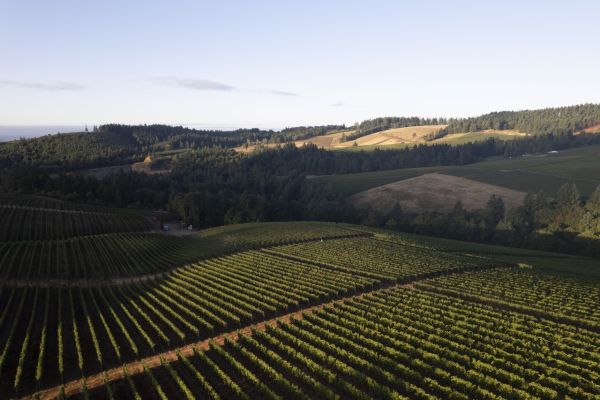
Oregon Wine Board. Photographer – Carolyn Wells-Kramer.
Heat leads to compressed harvest in Willamette Valley
During Oregon’s 2023 growing season, the April frost the year before was very much on everyone’s mind. However, winegrowers were treated to a fairly straight-forward, warm year from Willamette Valley to Southern Oregon.
“It was a relative breeze,” says Jesse Lange, winegrower at Lange Estate. Lange has estate vineyards in the Dundee Hills and partners with vineyards across Willamette Valley.
Brent Stone, chief operating officer and winemaker at King Estate, agrees. “’23 was actually a much lower stress vintage for us,” he says. The winery has an estate vineyard southwest of Eugene and partners with approximately 50 growers across the Willamette Valley as well as in Southern Oregon and the Columbia Valley.
Oregon’s 2023 growing season was marked by a cool start, subsequent warm temperatures, a very dry summer, and, in many cases, a compressed harvest. Quality looks to be high. Some are positively giddy.
“The wines are the most precocious I have ever seen in our 34 years of making wine here in the Willamette Valley,” says Lange. “We’ve never seen wines this good, this early.”
A cool start turns warm
Early spring in Willamette Valley was wet and cool. That led to bud break being delayed 10+ days. Meanwhile, in Southern Oregon, it was similarly cool, but dry. Bud break was delayed there by two to three weeks. Both areas saw warm temperatures arrive in May.
“We had temperatures in the high 80s to low and mid-90s,” says Lange. “That supercharged everything and just popped shoot growth.”
Greg Jones, chief executive officer at Abacela in Roseburg, saw the same. “We were so dry in February, March, and April that we went into that flush of growth with really not a lot of soil moisture. Then growth just took off like gangbusters.”
As a result, while bud break was late, bloom was advanced. This made for one of the shortest periods ever from bud break to bloom across most growing regions in Oregon.
“The vines just played catchup,” says Melissa Burr, founding winemaker at Stoller Family Estate in the Dundee Hills.
The heat also drove uniform bloom across Willamette Valley. “Almost everything in every varietal bloomed within two weeks,” says Burr. That would subsequently impact harvest.
A warm, extremely dry summer
Summer temperatures across Oregon were quite warm. More importantly, especially in areas where vineyards are dry farmed, it was exceptionally dry.
“We really didn’t have any precipitation from bloom all the way through to harvest,” says Leah Adint, head winemaker at Erath. Erath sources fruit from across Willamette Valley and also from Southern Oregon.
At Abacela in the Umpqua, there was no precipitation for 118 days. “That’s quite a bit more than normal,” Jones says
Through July, temperatures were consistently warm but not overly hot. “We didn’t see any heat waves,” says Adint. “It was just consistent, nice, warm weather.”
That heat wave would arrive, however, August 13th through the 16th. That propelled the growing season forward.
“We had the hottest, driest August on record,” says Alex Sokol Blosser, president of Sokol Blosser. “It never really got into triple digits, but it was just relentlessly in the 90s and didn’t really cool down at night.” Sokol Blosser has estate vineyards in the Dundee Hills, Eola-Amity Hills, and Yamhill-Carlton.
Rain in the beginning of September brought relief. “That was a godsend,” says Sokol Blosser. “That helped slow things down because you could have sugars where you wanted them, but the flavors hadn’t developed yet.”
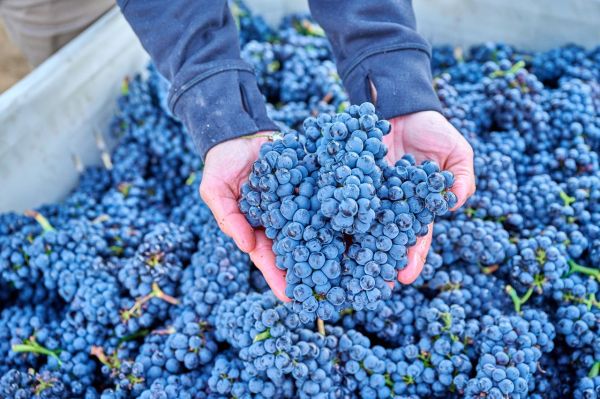
Oregon Wine Board. Photographer – Aaron Lee.
Harvest
The warm temperatures led to an early harvest in Willamette Valley, starting right after the first week of September. The Umpqua, meanwhile, started a week later.
“It almost felt like the Umpqua and the Willamette Valley were flip flopped,” says Adint.
Stone agrees. “The Rogue Valley, even with early ripening varieties, was behind the Willamette Valley,” he says. “It was one of the first years I can remember that our King Estate was the first fruit in.”
The quick bloom and warm temperatures created challenges. Many grapes were ready simultaneously in Willamette Valley.
“That translated out into a very condensed harvest for all of us across the valley,” says Burr. “We went to 24-hour shifts for a little while.”
As several inches of rain were forecast the third week of September, some accelerated picking. “We literally picked 55% of our fruit from the 19th through the 24th,” says Lange, who started harvesting on September 8th and finished on the 24th.
Some growers choose to wait out the rain. “There was a lot of fruit left in the valley after the 24th,” says Lange. The resulting wines will likely be different than those picked earlier. Some also split the difference.
“We take in enough fruit that I like to hedge my bets,” says Adint. “I picked some before the rains and left some out. In a high sugar year, a little rain isn’t a bad thing.”
In the Umpqua at Abacela, working with entirely different varieties, Jones says harvest was more spread out. “We started picking on the 16th of September, and we finished on the 24th of October.”
Brix, acids, and yields
The season was warm but, given the change in weather patterns of the rain, Brix and acids were somewhat varied depending on when one picked.
“For us, it was a vintage of higher Brix and lower acid,” says Burr. “It took a while for the flavors to get there.”
“It was almost like a tale of two harvests,” says Stone. “Our riper, lower elevation sites, and a lot of our North Valley grapes came in early, and they’re very ripe Pinots. After the rain, it stayed cooler, so all of our higher elevations, cooler sites, the flavor profile and chemistries were way different. They’re more austere, a bit brighter, higher acid.”
The story in the Umpqua was considerably different. “You look across the board, across all varieties, we have lower Brix, about anywhere from .8 to 1.2 brix,” says Jones.
Yields were also varied. “We had pretty big clusters, about 20-40% above average depending on where you were,” says Burr. “Each cluster seemed to have a lot of berries, and the berries were above average.”
“Our crop yields were near average,” says Sokol Blosser.
Growing Degree Days
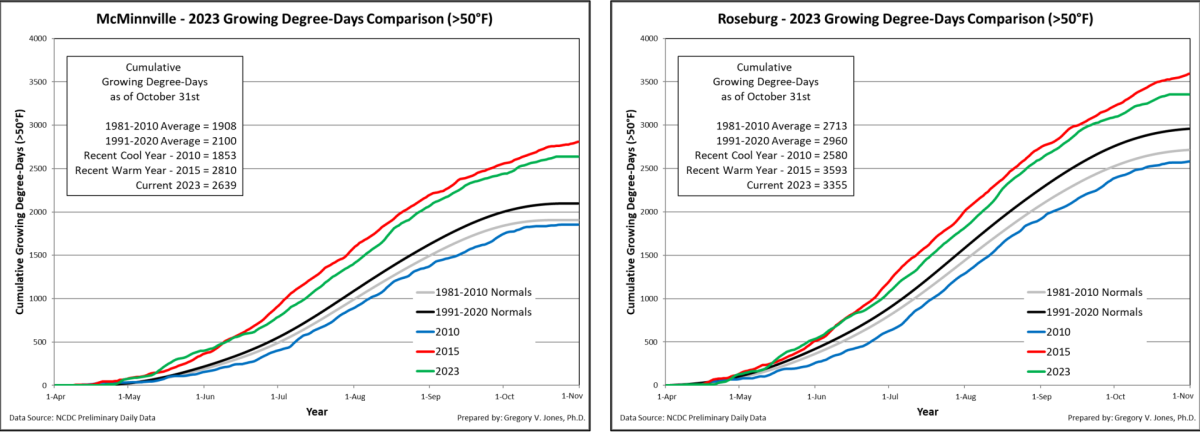
Growing Degree Days courtesy Greg Jones.
Growing Degree Days, a measure of heat accumulation, reflected the warmth of the vintage, which was well above historical averages. “It was our third warmest vintage ever,” says Sokol Blosser. 2015 was the warmest, followed by 2014.
“We did have plenty of heat,” says Lange. He reported 2700 degree days in 2023. In contrast, the prior year had 2500 with harvest a month later.
Quality high
While pick dates varied depending on site, winemaker style, and whether one picked before or after the rain, winemakers all seem quite pleased by what they have in barrel.
“The vintage provided an opportunity to make what I consider, hopefully, some of the best Pinot Noir we’ve ever produced,” says Lange.
“We’ve got some really good wines in the house,” says Burr. “They’ll be very consumer friendly in my opinion.”
“I’m excited about ‘23,” says Adint. “We’ll see some nice ripe flavors. I’m also excited about how much variation I see between my single vineyards right now.”
Stone agrees that the 2023 vintage will have plenty for everyone to embrace.
“As we go through the cellar, there is a lot of diversity in terms of wines and flavor profiles,” he says. “The cooler sites are higher quality, and the warmer sites are higher quality. They’re just different.”
NB: Interviews for this article were conducted in December of 2023 and January of 2024.
Northwest Wine Report is wholly subscriber funded. Please subscribe to support continued independent content and reviews on this site. It is the only way that the site will be able to continue.
To receive articles via email, click here.



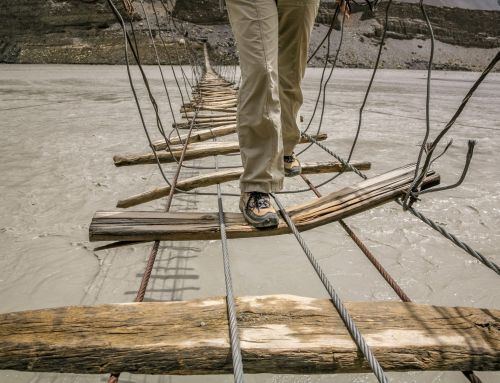

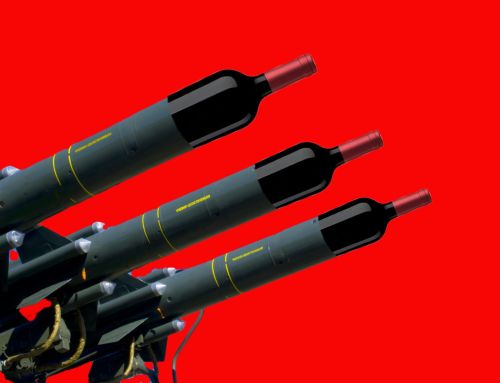

Leave A Comment